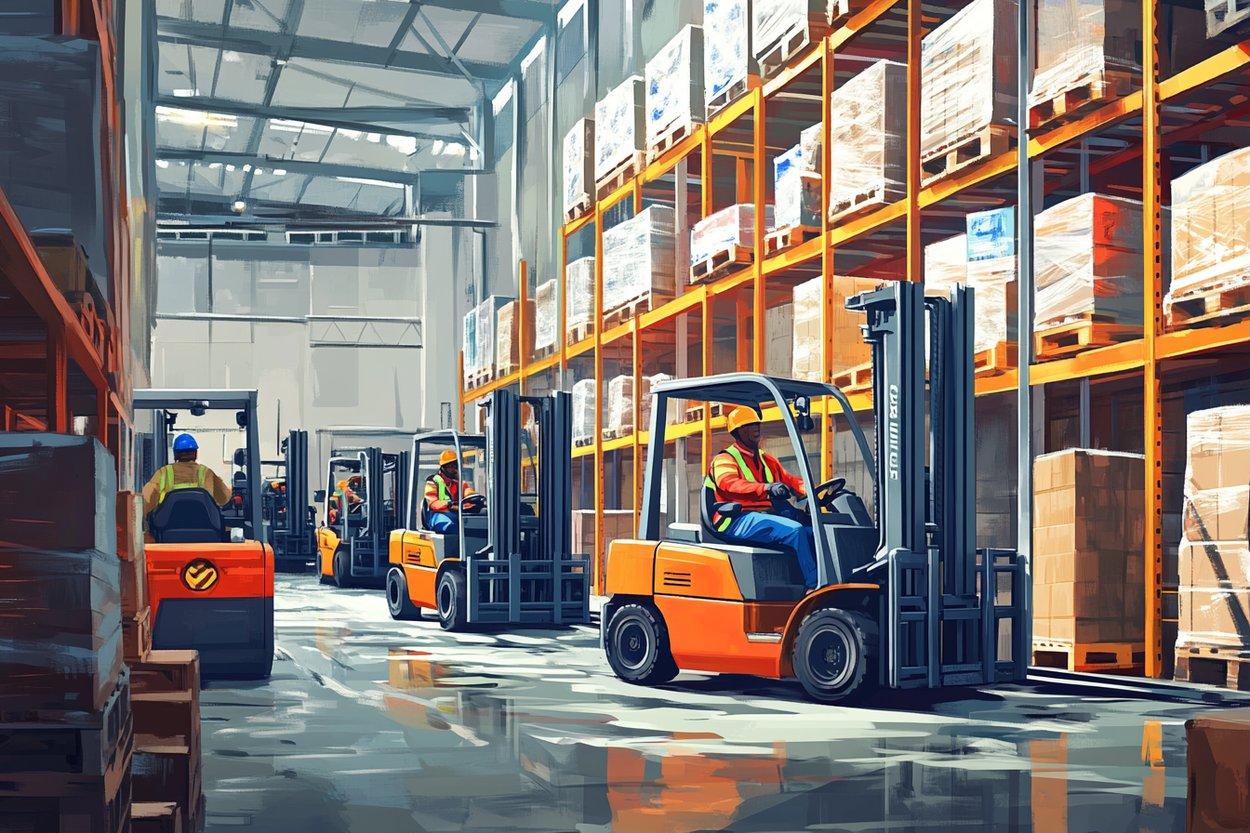Hyper-Localization: Revolutionizing Industrial Logistics
Hyper-localization is reshaping industrial logistics, offering unprecedented efficiency and customer satisfaction. This innovative approach to production and distribution is transforming how businesses operate, bringing manufacturing closer to consumers and redefining supply chain dynamics. By leveraging advanced technologies and data-driven strategies, companies are achieving remarkable improvements in responsiveness, cost-effectiveness, and sustainability.

Historical Context and Industry Developments
The roots of hyper-localization can be traced back to the early 20th century when Henry Ford revolutionized manufacturing with the assembly line. This innovation centralized production, achieving economies of scale but sacrificing flexibility. As globalization took hold in the latter half of the century, supply chains stretched across continents, prioritizing cost savings over responsiveness.
However, the advent of advanced manufacturing technologies, coupled with changing consumer expectations, has paved the way for a new era of localized production. The rise of 3D printing, robotics, and artificial intelligence has made small-scale, efficient manufacturing more feasible than ever before. Simultaneously, the demand for personalized products and faster delivery times has pushed businesses to reconsider their logistics strategies.
The Hyper-Local Advantage
Hyper-localization offers numerous benefits to businesses and consumers alike. By producing goods closer to the point of consumption, companies can significantly reduce transportation costs and carbon emissions. This proximity also allows for greater responsiveness to market fluctuations and customer preferences, enabling businesses to implement just-in-time production strategies effectively.
Moreover, hyper-local production facilities can tailor their output to regional tastes and regulations, ensuring products meet local standards without the need for extensive modifications. This level of customization extends to packaging, marketing, and even product formulations, allowing businesses to create truly localized offerings that resonate with specific consumer segments.
Technological Enablers of Hyper-Localization
The feasibility of hyper-localization relies heavily on technological advancements. Additive manufacturing, or 3D printing, plays a crucial role by allowing for on-demand production of complex parts and products. This technology eliminates the need for large inventories and enables rapid prototyping and customization.
Advanced robotics and automation systems have made it possible to operate smaller, more flexible production lines efficiently. These technologies can be quickly reprogrammed to accommodate different product specifications, enabling manufacturers to switch between product lines with minimal downtime.
Data analytics and artificial intelligence are also instrumental in the success of hyper-local logistics. By analyzing consumer behavior, market trends, and supply chain data in real-time, businesses can optimize their production and distribution strategies, ensuring they meet demand without overstocking or experiencing shortages.
Challenges and Considerations
While hyper-localization offers significant advantages, it also presents challenges that businesses must navigate. The initial investment in multiple smaller facilities can be substantial, requiring careful financial planning and risk assessment. Additionally, managing a network of distributed production sites demands sophisticated coordination and communication systems to maintain consistency in quality and operations.
Workforce considerations are another critical factor. Hyper-local facilities require skilled workers who can operate advanced manufacturing technologies and adapt to changing production needs. This may necessitate investment in training programs and partnerships with local educational institutions to develop the required talent pool.
Impact on Supply Chain Dynamics
Hyper-localization is fundamentally altering supply chain dynamics. Traditional linear supply chains are giving way to more complex, interconnected networks that prioritize agility and responsiveness. This shift requires businesses to reevaluate their relationships with suppliers, emphasizing local sourcing and collaboration to ensure the flexibility needed for hyper-local production.
The impact extends beyond manufacturing to distribution and retail. With production facilities closer to consumers, the role of large distribution centers is evolving. Many businesses are adopting a hub-and-spoke model, where smaller, local facilities complement centralized distribution hubs, enabling faster and more efficient last-mile delivery.
Implementing Hyper-Localization: Key Strategies
-
Conduct thorough market analysis to identify optimal locations for hyper-local facilities
-
Invest in flexible manufacturing technologies that can adapt to diverse product requirements
-
Develop robust data analytics capabilities to forecast demand and optimize production
-
Cultivate local partnerships for sourcing and distribution to enhance community integration
-
Implement modular facility designs that can be easily scaled or reconfigured as needed
-
Prioritize workforce development through training programs and educational partnerships
As industries continue to evolve, hyper-localization stands out as a transformative approach to industrial logistics. By bringing production closer to consumers, businesses can achieve unprecedented levels of efficiency, customization, and sustainability. While challenges exist, the potential benefits of hyper-localization make it a compelling strategy for companies looking to gain a competitive edge in an increasingly dynamic global marketplace. As technology continues to advance and consumer expectations evolve, hyper-localization is poised to play an increasingly significant role in shaping the future of industrial operations and supply chain management.





